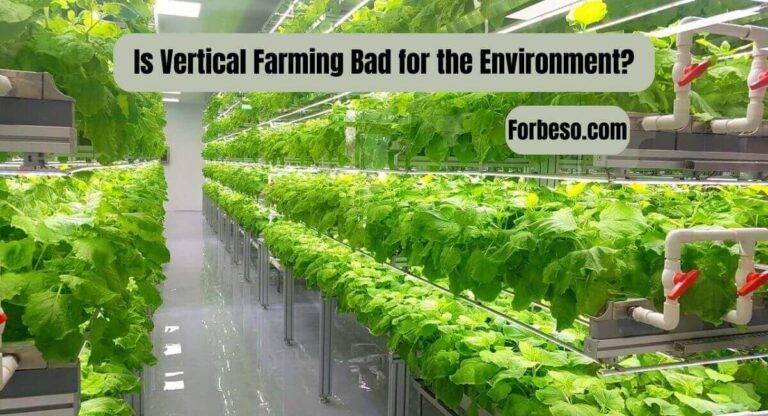As technology evolves, we get new ways to farming that bring us food irrespective of the country and environment. Vertical farming is the best example to grow plants indoors with control of light, air and temperature that suits the maximum plant growth. The main reason to vertical farming’s popularity is less risk of crop damage, less or no usage of pesticides, less water usage and low carbon dioxide emissions. Automation in vertical forming is also a common practice. Several start-ups create software and robots to create a controlled environment. It also gives the opportunity to grow plants faster with less time and more times per year. In this read, I share with you the possible disadvantage of vertical farming that can impact our environment.
High Energy Consumption
The vertical farms run through artificial light. The light emitting diodes [LEDs] use around all days with different frequencies inside the vertical farm. As the world becomes more advance, electricity becomes cheaper. Electricity is not that cheap in the current situation. You require government or energy support to afford a vertical farm. The high energy usage leads to improve carbon emission for energy regulation inside farms.
The vertical farm on average requires 170 kWh per kg of energy more than a greenhouse.
Less Innovation brings more Waste
It is still a new practice of farming and requires special design equipment that may later become useless. A vertical farm can produce a lot of waste in the form of damaged crops, and equipment loss. As vertical farming becomes valuable, the efficiency of each farm levels up. Another reason for vertical farm waste is the design. Every crop grows differently, a classical vertical design is not sustainable for each crop.
Runs on Fossil Fuel
The concept of vertical farming is always associated with green energy. The energy used in the biggest vertical farm of Europe comers from fossil fuels. There is still improvement required to meet the energy requirement of vertical farms. The low energy supply may directly impact the quality and quantity of crops.
Less Crops Variety
Vertical farming technology is not able to crop every food that we eat. The green leaves and herbs are the main product of every vertical farm. The profit margin for green leaves still considers the most. We need wheat, rice and maize are main crops every day to feed ourselves. Vertical farming technology is still gaining profit through different crops that are not direct relate to main crops. Read about Organizing a virtual event now.
We still depend on conventional methods to get the main crops for human survival. The technology still evolves to produce fruits, vegetables and main crops.
Other sustainable agriculture options
Traditional agriculture changes over time. The new machines, techniques and pesticides assist to get more sustainable agriculture. There are other advance options to make land agriculture more environmentally friendly than vertical farm green rooms. It includes digital sensors, automatic drones, biotechnology improvements and crop management.
Sum up
As technology progress, we can expect that Vertical Farming Bad for the Environment reduce and become the future of agriculture. The traditional farming method can not be replaceable. It may evolve and become efficient. Vertical farming has still drawbacks for environment due to less innovation, crops option and sustainable agriculture choices.
